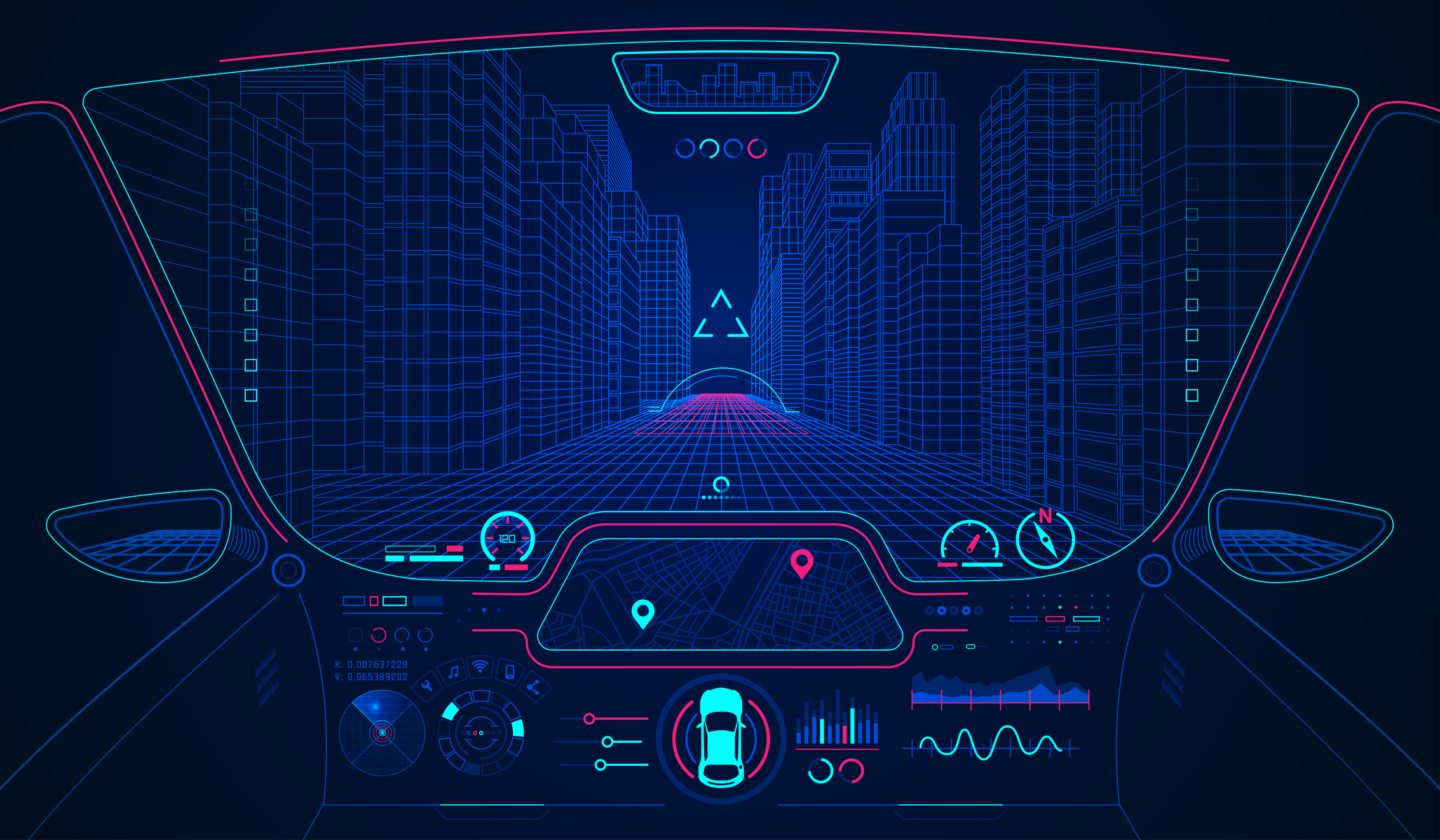Earlier this month, TechCrunch held its annual Mobility Sessions event, where leading mobility-focused auto companies, startups, executives and thought leaders joined us to discuss all things autonomous vehicle technology, micromobility and electric vehicles.
Extra Crunch is offering members access to full transcripts key panels and conversations from the event, including our panel on micromobility where TechCrunch VC reporter Kate Clark was joined by investors Sarah Smith of Bain Capital Ventures, Michael Granoff of Maniv Mobility, and Ted Serbinski of TechStars Detroit.
The panelists walk through their mobility investment theses and how they’ve changed over the last few years. The group also compares the business models of scooters, e-bikes, e-motorcycles, rideshare and more, while discussing Uber and Lyft’s role in tomorrow’s mobility ecosystem.
Sarah Smith: It was very clear last summer, that there was essentially a near-vertical demand curve developing with consumer adoption of scooters. E-bikes had been around, but scooters, for Lime just to give you perspective, had only hit the road in February. So by the time we were really looking at things, they only had really six months of data. But we could look at the traction and the adoption, and really just what this was doing for consumers.
At the time, consumers had learned through Uber and Lyft and others that you can just grab your cell phone and press a button, and that equates to transportation. And then we see through the sharing economy like Airbnb, people don’t necessarily expect to own every single asset that they use throughout the day. So there’s this confluence of a lot of different consumer trends that suggested that this wasn’t just a fad. This wasn’t something that was going to go away.
For access to the full transcription below and for the opportunity to read through additional event transcripts and recaps, become a member of Extra Crunch. Learn more and try it for free.
Kate Clark: One of the first panels of the day, I think we should take a moment to define mobility. As VCs in this space, how do you define this always-evolving sector?
Michael Granoff: Well, the way I like to put it is that there have been four eras in mobility. The first was walking and we did that for thousands of years. Then we harnessed animal power for thousands of years.
And then there was a date — and I saw Ken Washington from Ford here — September 1st, 1908, which was when the Model T came out. And through the next 100 years, mobility is really defined as the personally owned and operated individual operated internal combustion engine car.
And what’s interesting is to go exactly 100 years later, September 2008, the financial crisis that affects the auto industry tremendously, but also a time where we had the first third-party apps, and you had Waze and you had Uber, and then you had Lime and Bird, and so forth. And really, I think what we’re in now is the age of digital mobility and I think that’s what defines what this day is about.
Ted Serbinski: Yeah, I think just to add to that, I think mobility is the movement of people and goods. But that last part of digital mobility, I really look at the intersection of the physical and digital worlds. And it’s really that intersection, which is enabling all these new ways to move around.

Image via Getty Images / Jackie Niam
Clark: So Ted you run TechStars Detroit, but it was once known as TechStars Mobility. So why did you decide to drop the mobility?
Serbinski: So I’m at a mobility conference, and we no longer call ourselves mobility. So five years ago, when we launched the mobility program at TechStars, we were working very closely with Ford’s group and at the time, five years ago, 2014, where it started with the connected car, auto and [people saying] “you should use the word mobility.”
And I was like “What does that mean?” And so when we launched TechStars Mobility, we got all this stuff but we were like “this isn’t what we’re looking for. What does this word mean?” And then Cruise gets acquired for a billion dollars. And everyone’s like “Mobility! This is the next big gold rush! Mobility, mobility, mobility!”
And because I invest early-stage companies anywhere in the world, what started to happen last year is we’d be going after a company and they’d say, “well, we’re not interested in your program. We’re not mobility.” And I’d be scratching my head like, “No, you are mobility. This is where the future is going. You’re this digital way of moving around. And no, we’re artificial intelligence, we’re robotics.”
And as we started talking to more and more entrepreneurs, and hundreds of startups around the world, it became pretty clear that the word mobility is actually becoming too limiting, depending on your vantage where you are in the world.
And so this year, we actually dropped the word mobility and we just call it TechStars Detroit, and it’s really just intersection of those physical and digital worlds. And so now we don’t have a word, but I think we found more mobility companies by dropping the word mobility.











